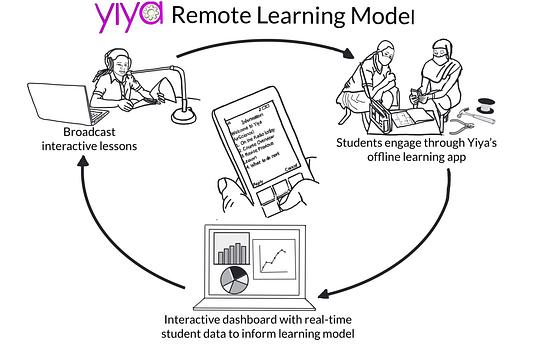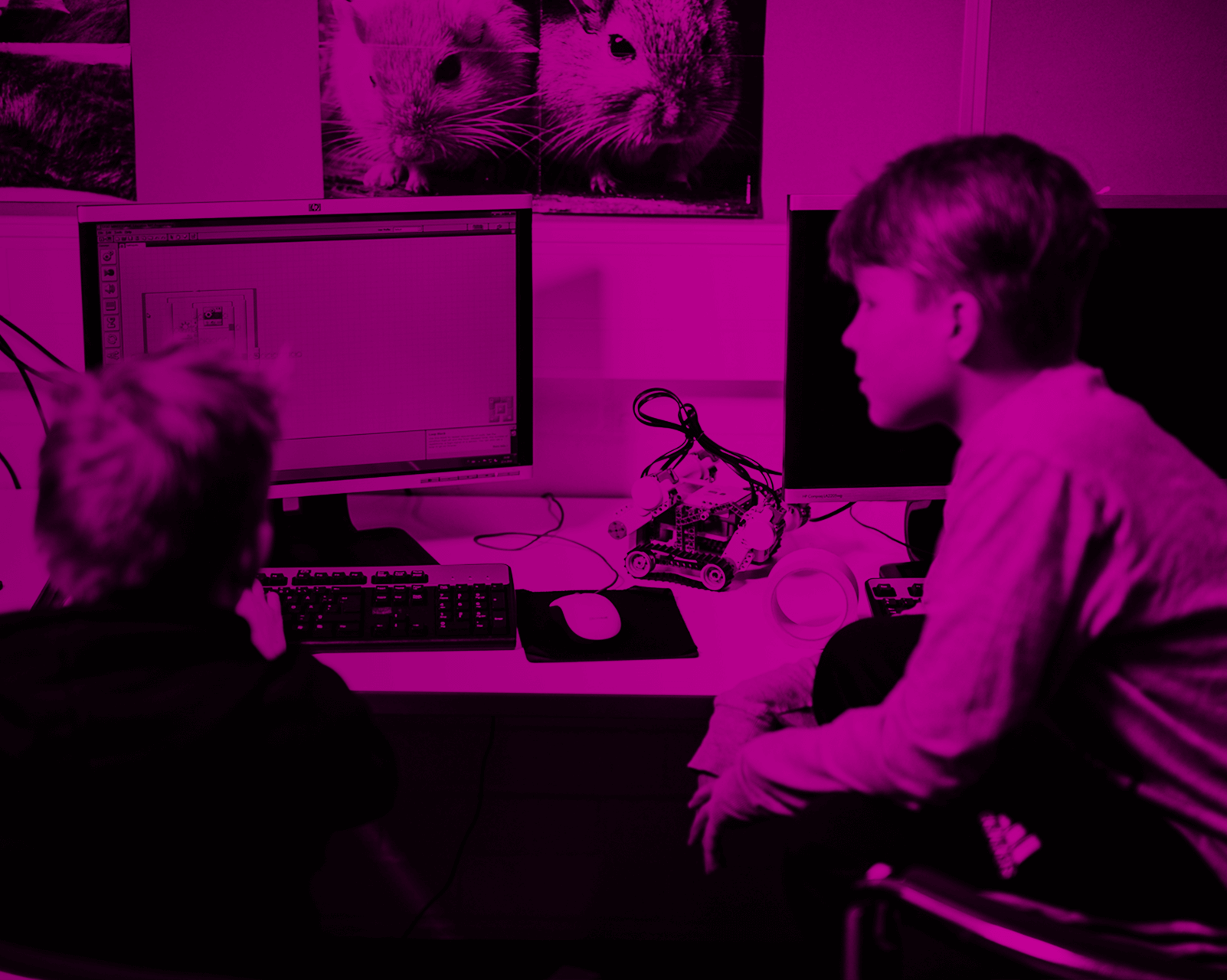The Global Teaching Project was founded on a simple idea—that all students, no matter their background or zip code, should have access to great teachers and high-quality instruction. Our work began on foot, in the heart of the Mississippi Delta, going from school to school, student to student. In 2017, the Global Teaching Project launched a first-of-its-kind Pilot Program in Mississippi, bringing together rural, high-poverty public school districts from across the state, and delivering comprehensive, advanced courses to promising students.
By leveraging technology, we bring skilled and experienced teachers to students—both virtually and in person—and offer an innovative solution for schools and school districts seeking to initiate, enhance, or expand advanced STEM course offerings, which they do not, and often cannot, offer on account of severe and worsening teacher shortages.
We partner with rural and underserved schools to form school networks, and provide them with a range of academic supports and services, including: comprehensive, asynchronous, digital courses led by subject-matter experts; on-site teachers in every classroom and Supervisory Instructors; physical textbooks and substantial online resources; college-student tutors from leading universities; university-based, residential preparatory programs at Mississippi’s flagship institutions; and both in-person and virtual professional development programs for teachers.
The Global Teaching Project’s scalable, flexible model has enabled us to stay nimble and adjust rapidly to the changing educational landscape, particularly during the challenges wrought by COVID-19. Within days of the school closures across the state, we pivoted from our blended model to conducting daily, online instructional sessions, in which students and in-class instructors engaged synchronously with college-student Tutors and Supervisory Instructors. In many cases, our program was the only form of instruction that students were receiving.
Our sustainable and scalable model has garnered the attention of the U.S. Department of Education, with whom we are now partnered, as a recipient of the Education Innovation and Research (EIR) Program Early-Phase Grant. This grant provides opportunities to innovative, educational programs that provide high-need students with evidence-based, field-initiated, scalable innovations.
Now entering our 4th year, we are proud to have served over 300 students across nearly 20 schools across Mississippi. Our program has succeeded in increasing the number of Mississippi public schools offering the program’s inaugural course, AP Physics 1, by 50% from 2017 levels. Consortium students who took the AP Physics 1 exam were the first in the history of their schools to do so, taking on a challenge that less than 1/3 of 1% of Mississippi public high school students attempt each year. We plan to grow our program by adding additional courses, schools, and students, as well as expand geographically into other rural regions, such as Central Appalachia, helping to create new communities of achievement across the country.



